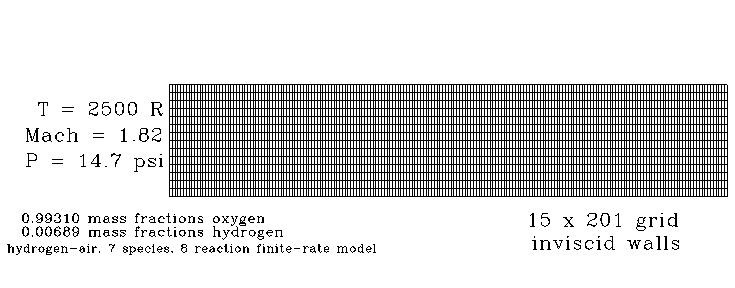
Figure 1: Schematic of Channel.

Figure 1: Schematic of Channel.
This study focuses on a finite-rate, hydrogen-oxygen chemical reaction occuring within a constant-area channel. The ignition point and species mass fraction values of the combustion products are investigated. The WIND (version 5.116 ALPHA) results are compared to numerical data supplied by the reference paper. All calculations presented here use a two-dimensional grid.
A 201 x 15 single-zone mesh was generated to model the channel region from 0 to 5 inches downstream. The channel is 5 inches long and 1 inch tall. The reference paper indicates that 201 points axially was adequate to predict the correct ignition point, based on a closed-form solution using rate equations. In addition, 1 level of grid sequencing down from the 201 points in the axial direction was used to assess the impact of grid coarsening on the prediction of the ignition point.
This grid is provided below in Plot3d (two-dimensional, multiple-grid, unformatted, whole) and common file format. The coordinates in both files are in units of inches
| Plot3D | Common Grid |
| channel.xyz | channel.cgd |
The initial (freestream) conditions were set to static conditions of 2500 Rankine, a pressure of 14.7 psi, and Mach number 1.82. In addition, species mass fractions were set to 0.99310 for oxygen and 0.00689 for hydrogen (all others set to zero). The Fuel-to-Air ratio was set to 1, but is not used by WIND in this case because the reaction coefficients are specified in the .chm file. When the 2-equation global model is used (for example, with the files h2air-5sp-std-06k.chm and h2air-5sp-std-15k.chm), the Fuel-to-Air ratio keyword is required. In this case, the chemistry file h2air-7sp-std-15k.chm was used for the finite-rate calculations. The crossflow CFL and TVD factors were set to a value of 1. The flow in this case was considered laminar. The 8 reactions taking place are the following:
O2 ---> O + O
H2 ---> H + H
H2O---> OH + H
OH ---> O + H
O2 + H ---> OH + O
H2 + O ---> OH + H
H2O + O ---> OH + OH
H2O + H ---> OH + H2
The frozen boundary condition was used for the inflow, inviscid or wall slip BC employed for the upper and lower walls, and the outflow boundary condition was used at the exit (forcing extrapolation of the pressure).
The computation is performed using the time-marching capabilities of WIND to march to a steady-state (time asymptotic) solution. Local time stepping is used at each iteration. The time-marching is performed until the convergence criteria is achieved. The solution ran for 6521 iterations at a CFL number of 0.05.
The input data file for WIND is channel.dat.
The WIND flow solver is run, creating the following output files:
| Plot3D | Common File Solution | List File |
|---|---|---|
| channel.q | channel.cfl | channel.lis |
The log of the L2 Norm is shown in Figure 2 below:
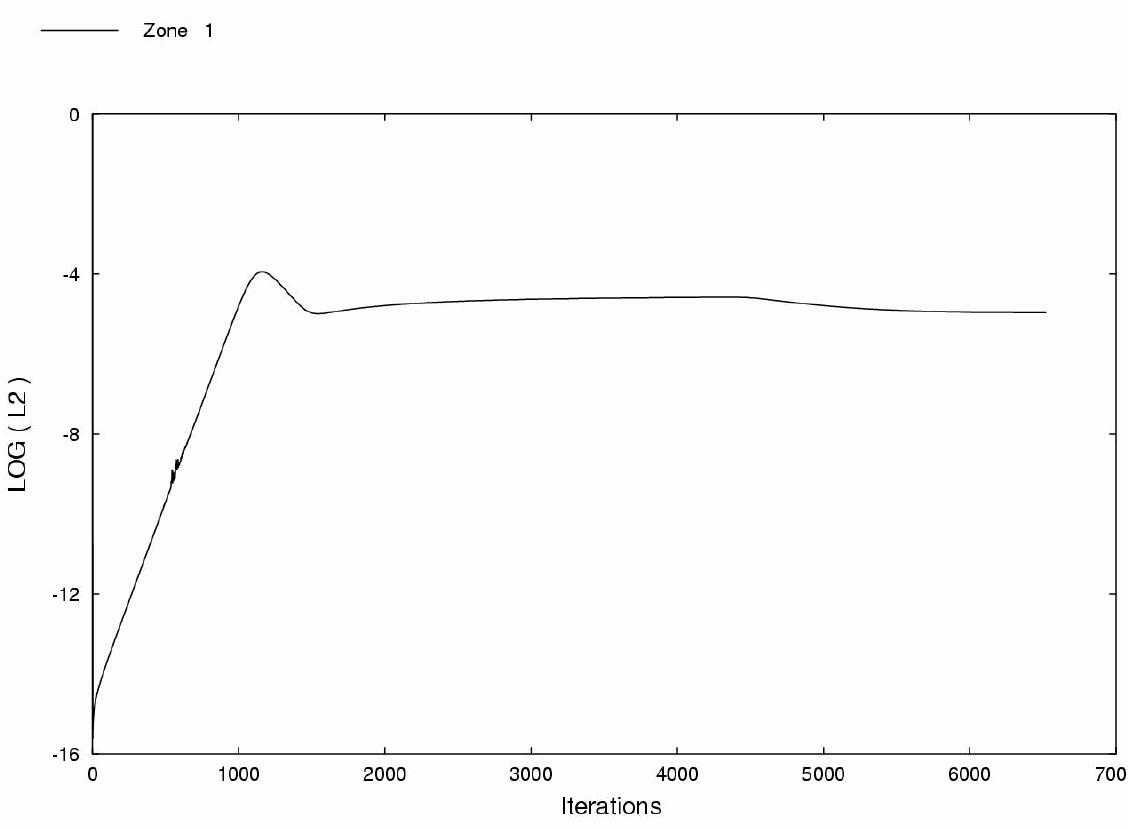
Figure 2: Plot of L2 Norm: Convergence history
Convergence information can also be obtained from the channel.lis file by using the resplt utility program.

Figure 3: Mass flow
A 4% difference in mass flow between channel entrance and exit planes that the solution could be converged further, but the details of major flow features and combustion required for this study should be present.
Species mass fractions for H2O, H2, and O2 were compared to case 3 in the reference paper. Plots of species mass fractions vs downstream distance, as well as the ignition location, matched results listed for case 3 in the paper. The paper's results were computed with the NASTD code, a precurser to the WIND code. The ignition point for the full grid was found to occur at about 2 cm or 0.78 inches downstream. The ignition point for the sequenced grid (101x15) was found to occur right at the entrance to the channel, proving the fact that fewer grid points underpredicts the ignition point (moves this point forward). All results presented below are for the full grid (201x15).

Figure 4: H2O and H2 mass fractions at duct centerline

Figure 5: Oxygen mass fractions at duct centerline
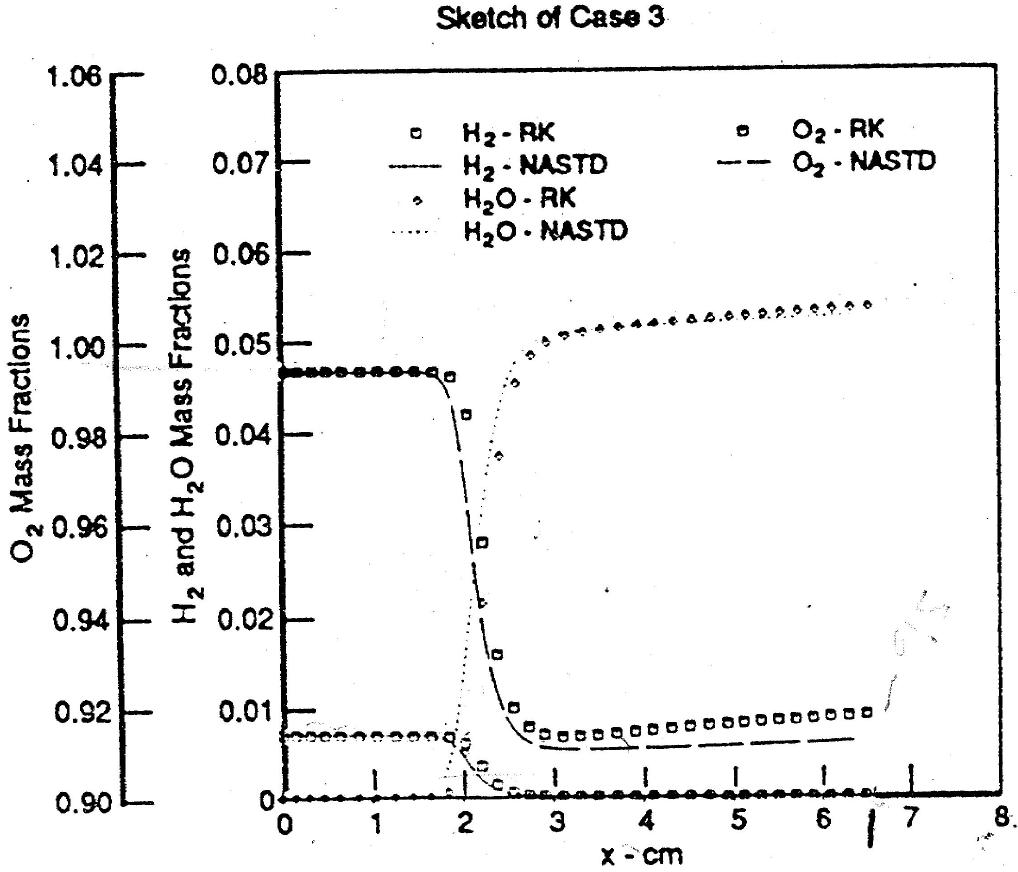
Figure 6: Numerical results of O2, H2O, H2 mass fractions from the paper of Bush, Mani, & Vogel

Figure 7: Static Temperature plot downstream at duct centerline

Figure 8: Static Pressure plot downstream at duct centerline
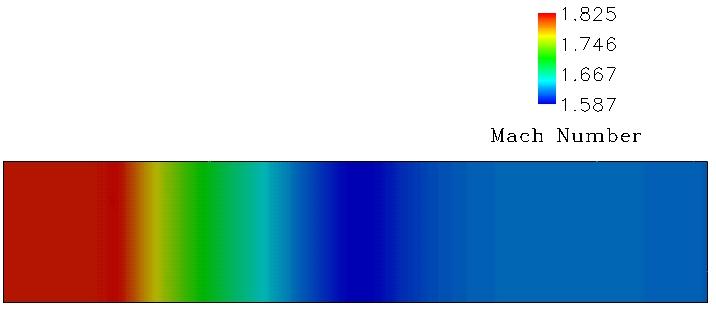
Figure 9: Mach Number contours in the x-y plane.
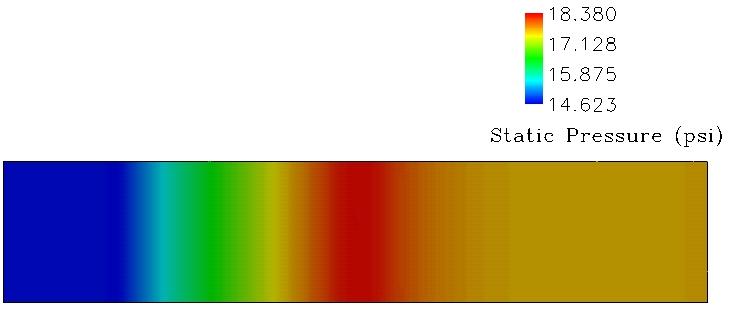
Figure 10: Static pressure contours in the x-y plane.
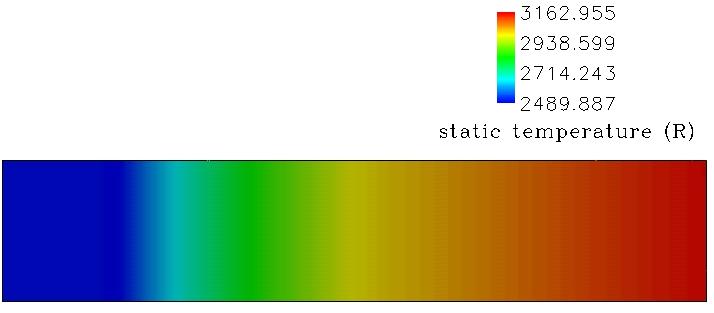
Figure 11: Static Temperature contours in the x-y plane.
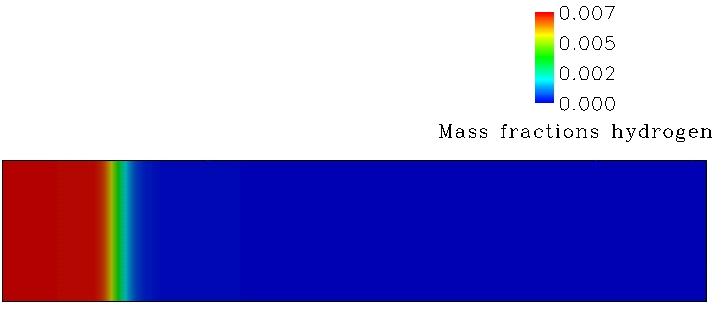
Figure 12: Hydrogen mass fractions contours in the x-y plane.
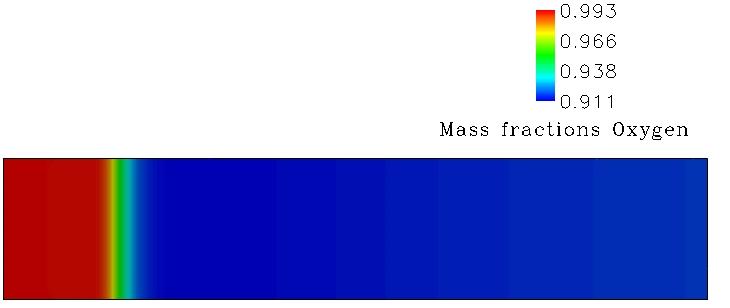
Figure 13: Oxygen mass fractions contours in the x-y plane.
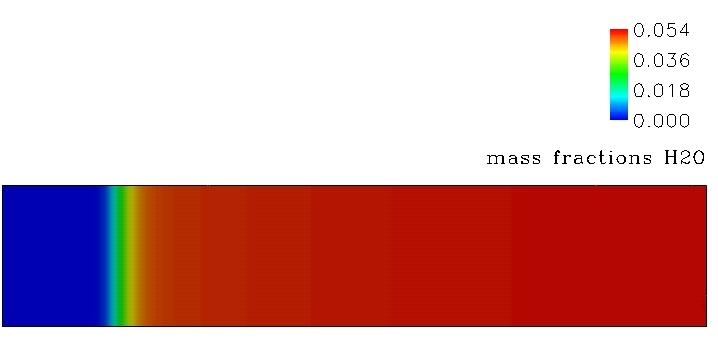
Figure 14: H2O mass fractions contours in the x-y plane.
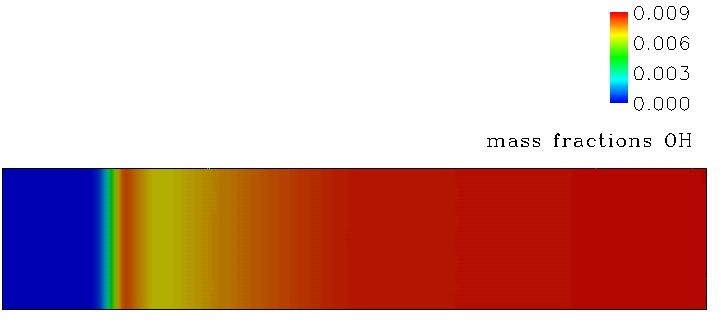
Figure 15: OH mass fractions contours in the x-y plane.
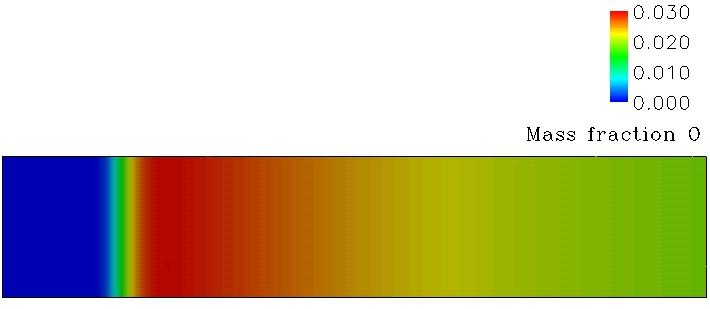
Figure 16: O (monotonic oxygen) mass fractions contours in the x-y plane.
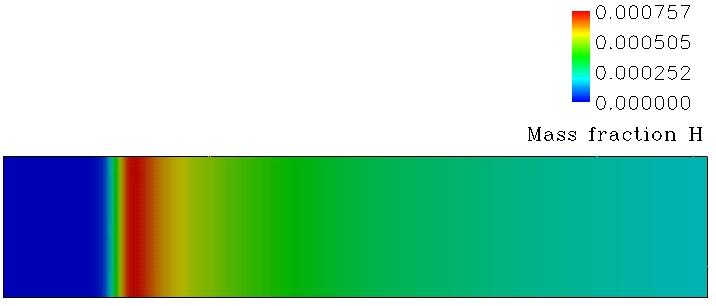
Figure 17: H (monotonic hydrogen) mass fractions contours in the x-y plane.
Mani, M., Bush, R.H., Vogel, P.G., "Implicit Equilibrium and Finite-Rate Chemistry Models For High Speed Flow Applications," AIAA Paper 91-3299-CP, Jan. 1991.
This case was created on March 5, 2002 by Teryn DalBello, who may be contacted at
NASA Glenn Research Center, MS 86-7
21000 Brookpark Road
Cleveland, Ohio 44111
Phone: (216) 433-8412
e-mail: teryn@grc.nasa.gov